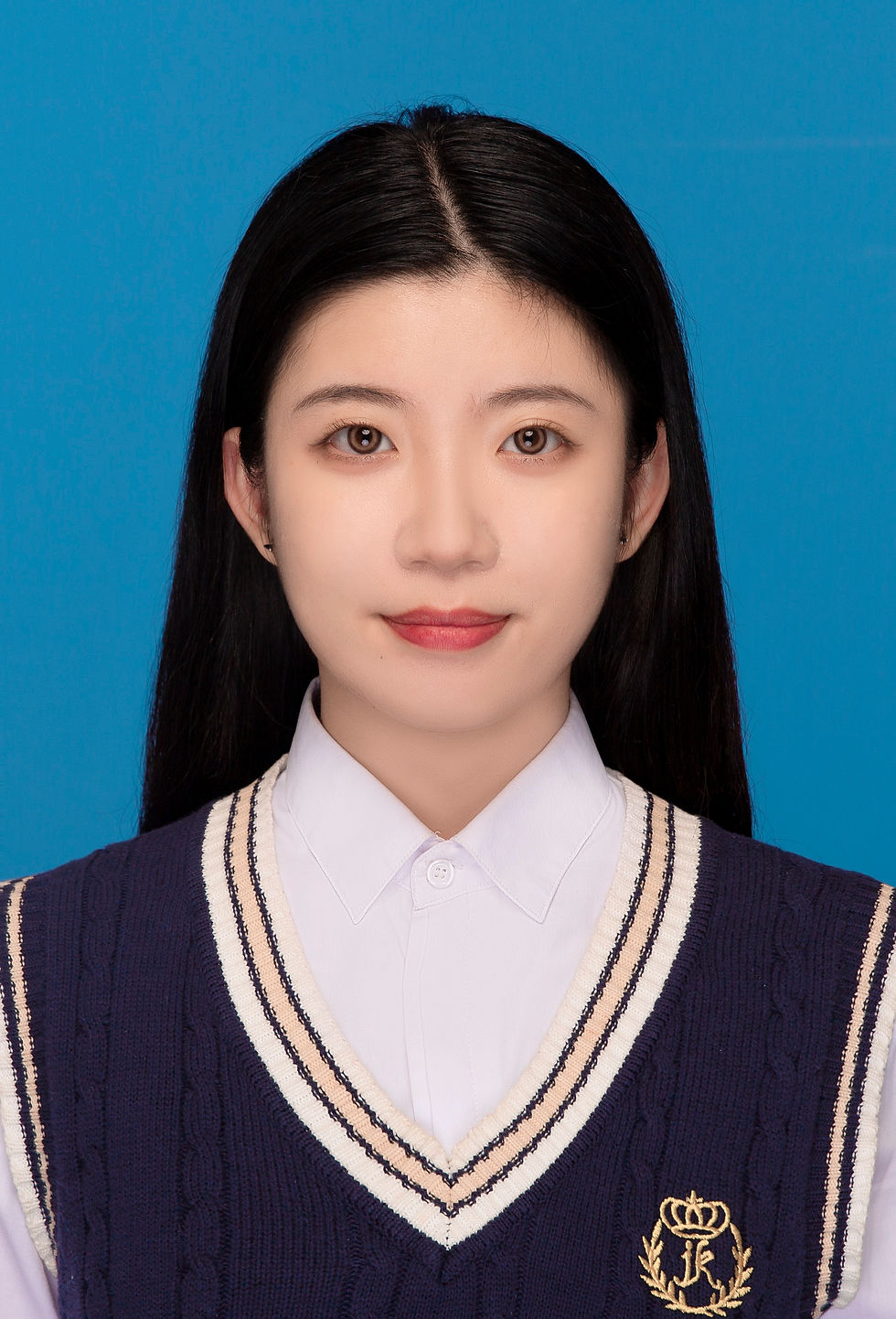Satoshi Ikeda
- Česká sekce INSEA

- Jul 1
- 2 min read
7.12 Eisner’s Enlightened Eye as a Turning Point to ABR: Focusing on the notions of Connoisseurship and Criticism (Paper)

Satoshi Ikeda – Hiroshima University, Japan
Kayoko Komatsu – Nagaoka Institute of Design, Japan
Abstract:
Elliot Eisner published The Enlightened Eye in 1991, which promoted qualitative inquiry based on “educational connoisseurship and criticism.” Connoisseurship and criticism are typically applied to works of art. Eisner introduced these skills into art education programs and educational evaluation. Developing this approach as a qualitative inquiry leads to the idea of Arts-Based Educational Research. We, the presenters Komatsu and Ikeda, have translated this book into Japanese. While working on the translation, we noticed that the origin of Arts-Based Research is the qualitative inquiry using educational connoisseurship and criticism discussed in this book. However, Arts Based Research written by Barone and Eisner in 2008, which is the foundational work of ABR referred to by many researchers, does not pay attention to the notions of connoisseurship and criticism.
In the article “Arts-Based Educational Research” in the Handbook of Complementary Methods in Education Research in 2006, Barone and Eisner prioritize “Narrative Construction and Storytelling” as a kind of Arts-Based Educational Research over “Educational Connoisseurship and Educational Criticism,” whereas in the article of the same title contained in Complementary Methods for Research in Education published in 1997, “Narrative Storytelling” follows “Educational Criticism.” Why did this shift in emphasis occur?
We look at The Enlightened Eye, from the perspective of educational policy and research trends in education at that time, as well as the development of Eisner’s research. By examining the position of this book, we will clarify the meaning of “Arts-Based” and its transition from “Connoisseurship and Criticism” to “Narrative and Storytelling.” The reason for this transition is Eisner’s intention to link research with creative practice. Because of this shift, we should go back to The Enlightened Eye to understand the turning point that led to ABR.
10.21 Sumi Ink Painting × ABR Workshop (Workshop)
Satoshi Ikeda – Hiroshima University, Japan
Kazuji Mogi – Atomi University, Niiza, Saitama, Japan
Soko Takemaru – Arts Council Tokyo, Japan
Chihiro Tetsuka – Meiji Gakuin University, Tokyo, Japan
Abstract:
In this workshop, we will explore sumi ink as a material, traditionally used for ink painting in Asia since ancient times. Instead of creating traditional paintings, our focus will be on the “uncontrollability” and “ambiguity” that emerge when sumi ink and water interact. The workshop involves both individual and group activities. During group work, rather than relying on speech or writing, we will practice non-verbal, art-based communication. Through these exercises, participants will learn about an Eastern concept of the individual – not as an isolated entity but as one shaped through interactions, communication, and relationships with others. Art-based research is considered an intellectually creative process that involves understanding, interpreting and critiquing a subject, while engaging the physicality and sensitivity of the creator, with the aim of personal transformation as a form of living inquiry (Irwin, 2013). This workshop aims to foster a mindset that transcends the dichotomies between Eastern and Western, traditional and contemporary, and self and other, by rediscovering tradition.




Comments